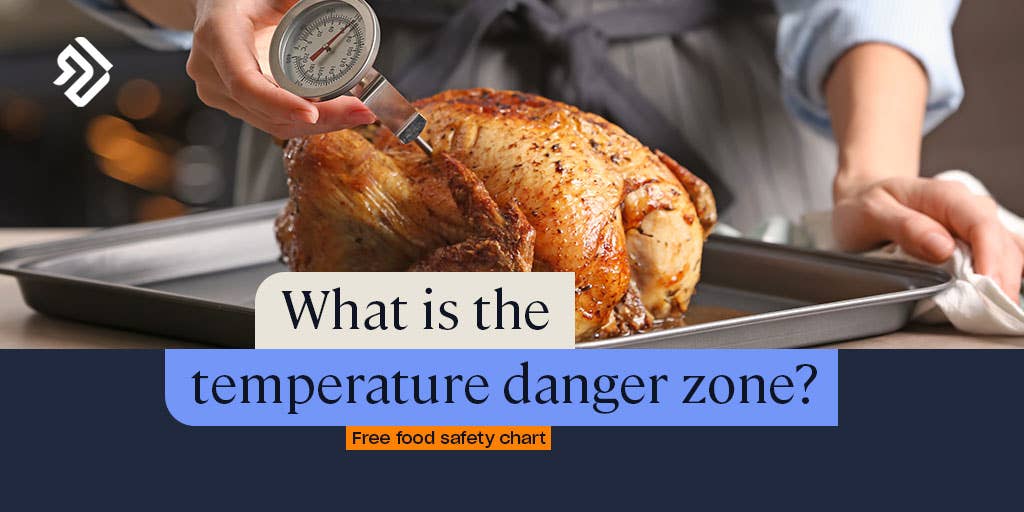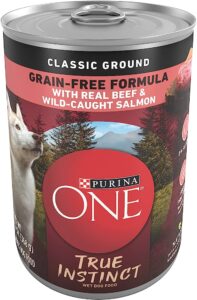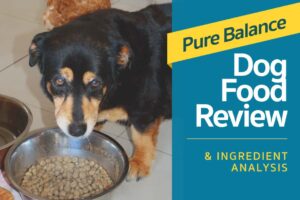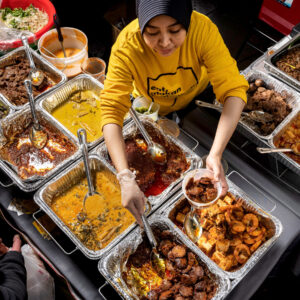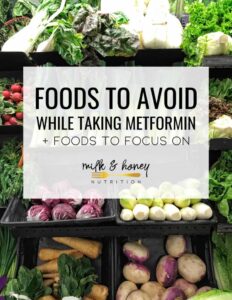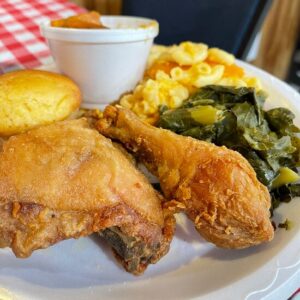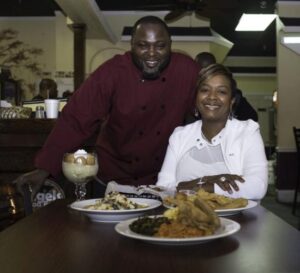The food temperature danger zone is the range of temperatures between 40-140°F (4.4-60°C) that presents a risk for food spoilage and bacterial growth. This is because bacteria can grow rapidly in this temperature range, which can cause unsafe levels of bacteria to form on foods. Temperatures below 40°F (4.4°C) are considered safe, while temperatures above 140°F (60°C) will kill most harmful germs and keep food safe from spoilage or contamination.
It’s important to remember that any time you handle cooked food, it should never be left in the danger zone for more than two hours — one hour if the ambient air temperature is 90ºF or higher — as this increases your risk of getting sick from eating contaminated foods.
The “food temperature danger zone” is an important concept for food safety. This term refers to the range of temperatures between 40°F and 140°F in which bacteria can grow rapidly on perishable food items. These conditions create a perfect breeding ground for harmful bacteria, so it’s essential that all cooked foods are stored at or below 40°F and above 140°F to ensure they remain safe to consume.
While reheating leftovers or thawing frozen foods, make sure to bring them up to 165°F before consuming as this will destroy any potential bacterial growth within the food temperature danger zone.
What is the 40 140 4 Hour Rule?
The 40-140-4 hour rule is one of the most important safety rules when it comes to driving and operating a vehicle. It was created in response to the rising number of fatalities on roads due to driver fatigue and drowsy driving. This rule states that drivers should not be behind the wheel for more than four hours without taking at least a forty minute break, and during any given day they should not drive for longer than fourteen hours total.
The goal of this rule is to help ensure that drivers remain alert while on the road by giving them adequate rest time throughout their daily trips. In addition, some states have adopted stricter regulations, such as allowing only eight hours of consecutive driving before requiring a thirty minute break or limiting trips within certain geographic areas to ten hours or less per day. Adhering to these guidelines helps make sure everyone stays safe on our nation’s highways and roads.
What is the Danger Zone for Food Products?
Food products have what is known as a “danger zone” which refers to the temperature range between 40°F and 140°F (4.5°C and 60°C) in which bacteria can rapidly multiply. This means that food left out at room temperature or above for too long can become unsafe to eat, even if it’s cooked thoroughly. If food remains within this danger zone for more than two hours, there is an increased risk of contracting food poisoning or other illnesses due to bacterial growth.
In order to keep food safe from pathogens, it should be refrigerated below 40 °F (4.5 °C), frozen at 0 °F (-18 °C) or heated above 140 °F (60 °C). It’s also important to note that perishable items like raw meat, poultry and fish should never remain in the danger zone for longer than one hour; otherwise they must be discarded immediately following cooking preparation.
What is the 4 Hour Rule for Food Safety?
The 4-hour rule for food safety is a widely accepted guideline that states food should not be left out at room temperature for more than 4 hours. This means that cooked or ready-to-eat foods must either be served immediately, refrigerated within four hours of cooking/preparation, or frozen for later use. The rule is based on the fact that bacteria can grow rapidly when given ideal conditions such as warm temperatures and moisture.
Thus, if food has been sitting out too long it could become unsafe to eat due to bacterial contamination. The key to following the 4 hour rule is proper storage: any perishable food items should always be kept cool (below 40 degrees Fahrenheit) until ready to serve and never allowed to reach higher than 140 degrees Fahrenheit during preparation or reheating. Additionally, cross-contamination needs to be avoided by using separate cutting boards and utensils when handling raw meat products versus other ingredients.
Finally, even after being stored in a refrigerator, all foods need to follow the 4 hour rule – if they’re not consumed within four hours of being taken out then they should go straight back into the fridge!
What is a Safe Temperature for Food?
When it comes to food safety, temperature is one of the most important factors. In general, all food should be stored at temperatures below 40 degrees Fahrenheit in order to prevent bacteria from growing and causing illness. While some foods are safe if they reach higher temperatures (such as fruits and vegetables that are cooked), other foods can become hazardous when exposed to warmer temperatures.
For example, meat, poultry and fish must always remain cold until they’re ready for cooking or consumption – these items should never be left out at room temperature for more than 2 hours. Additionally, once prepared, these same items should not sit out for longer than 1 hour before being refrigerated again. It’s also important to remember that your refrigerator needs to remain cooler than 40 degrees Fahrenheit in order for food to stay safe; a freezer set between 0-5°F will help keep frozen goods securely preserved over time.
By following simple guidelines like this you can ensure that your family stays healthy and happy!
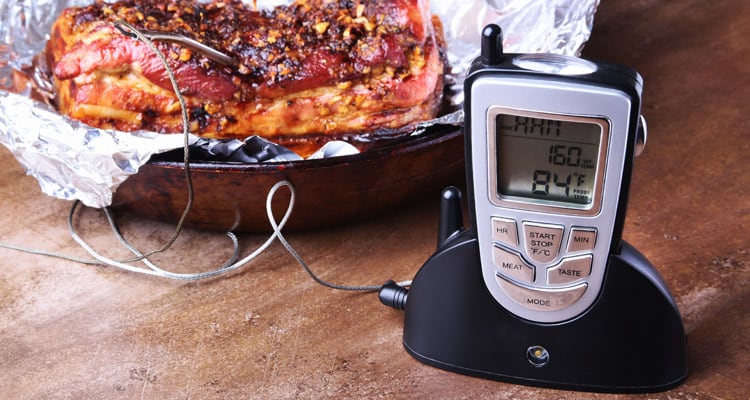
Credit: www.smokedbbqsource.com
Temperature Danger Zone Celsius
The temperature danger zone for food safety in Celsius is between 5°C and 60°C. At temperatures within this range, bacteria can multiply quickly and potentially cause food-borne illness if the food is not handled properly or stored at a safe temperature. It is important to ensure that all foods are kept out of the temperature danger zone by either cooking it thoroughly, refrigerating it, or freezing it.
Temperature Danger Zone for Food Servsafe
The Temperature Danger Zone for food safety is a range of temperatures between 41°F and 135°F where bacteria can grow rapidly, potentially leading to foodborne illness. This is why it’s important to monitor temperature during storage, preparation and serving of foods in order to ensure that they are kept out of the danger zone. According to ServSafe guidelines, cold foods should be held at or below 41°F while hot foods should be held at or above 135°F.
Food left in the temperature danger zone for more than four hours must be discarded as it may no longer be safe for consumption.
How Long Can Food Be in the Danger Zone
Food can become unsafe to eat if it is left in the “danger zone” – between 40°F and 140°F – for more than two hours. Bacteria, such as Salmonella and E. coli, grow quickly at temperatures within this range, so leaving food out too long may result in food poisoning or other health hazards. To keep your family safe from these dangers, always refrigerate perishable items within two hours of cooking or purchasing them and discard any food that has been sitting out for longer than four hours.
Conclusion
This blog post has provided an important reminder about food safety. As it is critical to keep hot foods hot and cold foods cold, understanding the temperature danger zone is essential in preventing foodborne illnesses. It’s important for everyone involved in handling food- from farmers to restaurant staff- to be aware of the temperature danger zone so that all necessary steps can be taken to store, prepare, and serve safe food.


